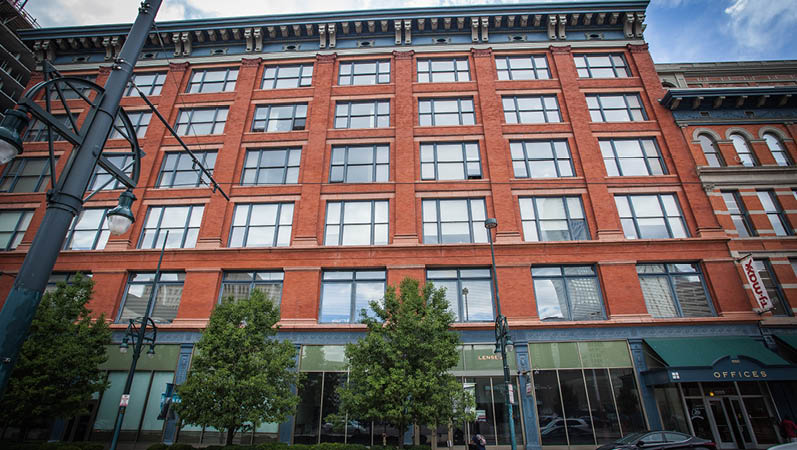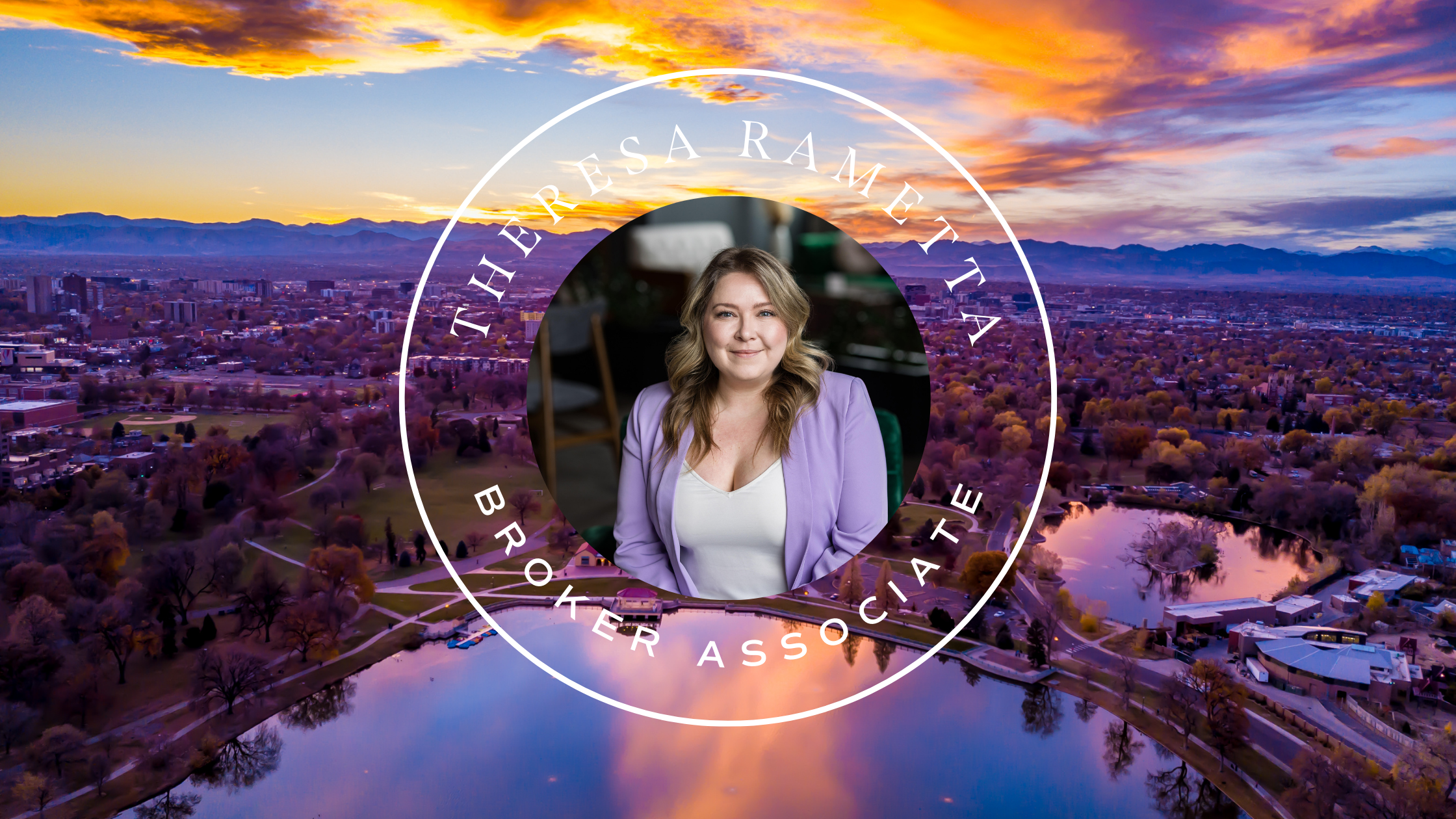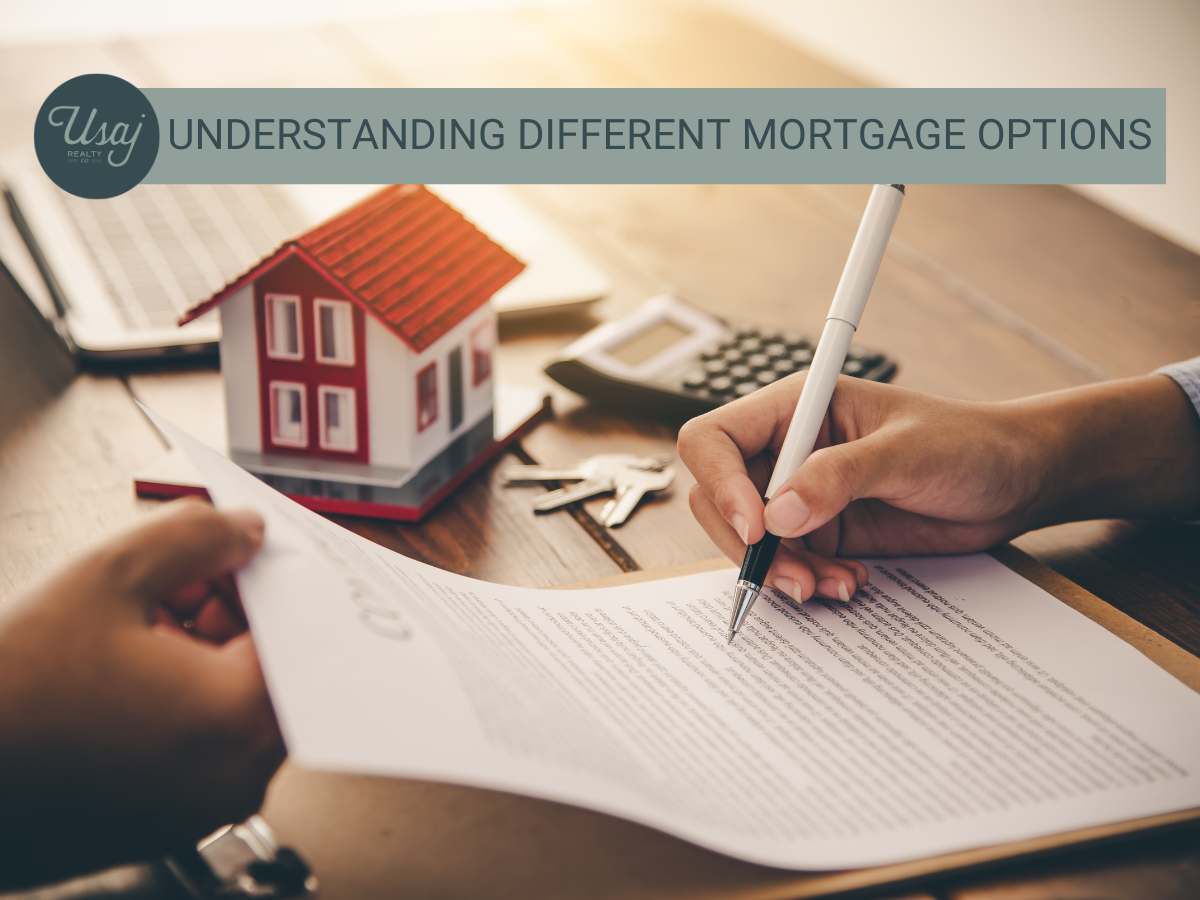Imagine living in an abandoned warehouse. Thousands of people in Denver are doing just that … and loving every minute of it.
It can be argued the gentrification of Denver and its surrounding inner city neighborhoods began with the development of loft living in Denver.
Back when multiple viaducts crossed the South Platte River into the rail yards and few people ventured past Larimer Street after dark, it’s hard to imagine the metamorphosis that has taken place in the now LoDo and Ball Park neighborhoods. Populated by vacant and deteriorating buildings, people were ambivalent about driving through the area much less calling it “home.”
Late 1980s, 1990s Bring Change to LoDo
Serving as a wholesale grocery business in the late 1800s, the innocuous five-story J.S. Brown Mercantile Building was just one of dozens of abandoned warehouses in Lower Downtown. In 1988, the building was transformed into the Wynkoop Brewery Company and listed on the National Historic Register. In addition, the revitalized structure — 62,000 square feet — became home to 15 lofts situated above the brewery/restaurant. Now called the Wynkoop Mercantile Lofts, few realized it would be part of a dizzying alteration of Denver’s “skid row.” No longer would the streets of Blake, Wazee, Wynkoop and Wewatta be associated with decrepit warehouses but that of upscale Denver lofts and thriving businesses.
This section of Lower Downtown “LoDo” would be further re-engineered when Major League Baseball awarded Denver a franchise as part of its expansion in 1991. From 1993-1994, the Colorado Rockies played their games at the old Mile High Stadium before moving into a brand new LoDo venue, Coors Field. Nightclubs, bars, restaurants, parking lots and shops mushroomed around the stadium, and the evolution of the area continues today.
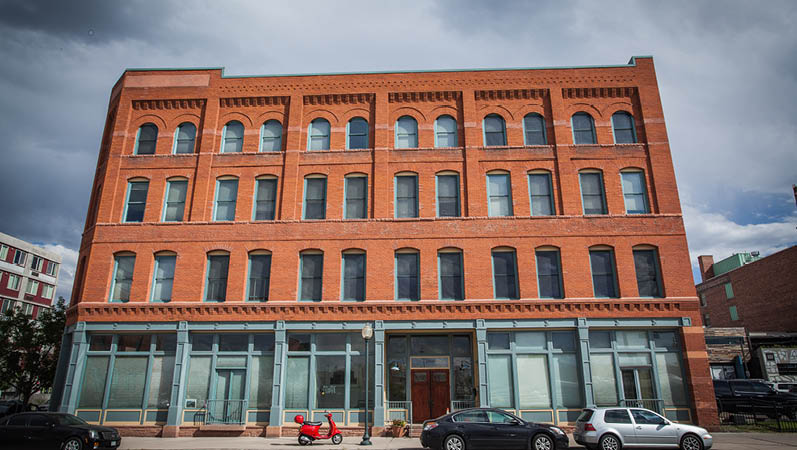
Lumber Lofts, photo by Usaj Realty
Loft Living Provides Unique Design, Lifestyle
From the early 1990s well into the 21st century, the number of Denver lofts have exploded. There are now 60 + buildings in the downtown area offering the ultimate in loft living which typically features an open floor plan, high ceilings, heavy timber, exposed brick or concrete walls, and hardwood flooring. This unique style stems from either the original warehouse design or that of new construction mimicking the pattern.
Denver lofts can be found in century-old multi-story converted industrial buildings or in brand-new construction throughout the city’s inner-city neighborhoods. From Little Raven to the Santa Fe Arts District, you’ll see the rebirth of abandoned factories and plants as well as the emergence of modern structures incorporating the spacious, open “look and feel.”
Mirroring the enormous selection of lofts in the Mile High City are the demographics of the individuals considering either buying or renting Denver lofts. The market is both young and old, and have a wide-range of interests but they share the desire to live in the inner city. Millennials are the group capturing most of the headlines these days as this generation recently overtook their Baby Boomer parents as the largest age demographic cluster in America. Homeownership is important to them as is living close to where they work and play, which make loft living very appealing.
Likewise, many Baby Boomers are now downsizing and heading back to Denver in droves. With the multitude of restaurants, cultural and sporting events, parks, and nearby public transportation and health facilities, it’s no wonder the 55 + crowd is a driving force in the purchasing of Denver lofts.
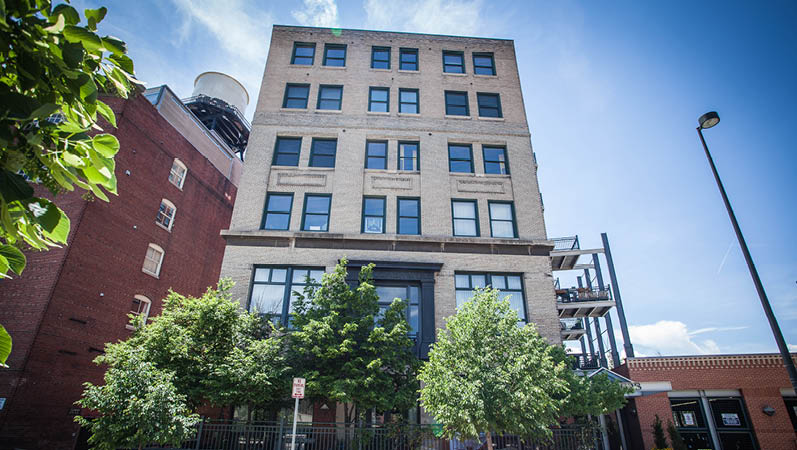
Volker Lofts, Photo by Usaj Realty
Emergence of Lofts in the Western United States
The lofts in Denver movement coincided with redevelopment of industrial areas in other western cities. In San Francisco’s SoMa (South of Market), lofts are priced well over $1 million. Whereas Denver’s LoDo was almost exclusively warehouses and factories, SoMa was originally a cluster of low-density residential buildings and populated by upper middle class and wealthy people. By the early 1900s, the area was taken over by working class, lower middle class and immigrants, and included sweatshops, power stations, flophouses and factories. Interestingly, this area was also called “Skid Row.”
Redevelopment of the area began in the early 1980s when the Moscone Center, a large convention and exhibition center, was erected. The appeal of the area was further solidified when the San Francisco Museum of Modern Art was built in 1995. Now, in addition to massive lofts and in-fill housing developments, SoMa is home to warehouses, auto repair shops, nightclubs, hotels, art spaces, furniture showrooms, and tech heavyweights Foursquare, Thumbtack, Pinterest, LinkedIn, Dropbox, Airbnb, Uber and Yelp, to name a few.
For more information on SoMa and other San Francisco neighborhoods, check out Montgomery + Lee SF.
Appeal of Loft Living
People are attracted to loft living for many reasons. The open floor plan and elevated ceilings make the space feel more “home” like. Unlike traditional apartments, residents don’t feel boxed in. Lofts often have oversized windows, offering expansive views and allowing plenty of light to flow into the rooms. Some of the premier lofts in Denver have skylights, instant access to rooftop amenities and square footage equal to or greater than that of single family homes.
Denver lofts are close to all the best the city has to offer. Whether attending a sporting event or a Broadway show at the Denver Center for Performing Arts, enjoying a glass of wine or walking your dog along the South Platte River Trail, you’re bound to be steps away from some of the best lofts in the city.
Thinking about purchasing a loft? Based in the heart of LoDo, Usaj Realty brokers offer unique perspective and knowledge of Denver’s real estate market. Let them help you find the perfect loft to fit your budget and lifestyle. Contact Usaj Realty today!

